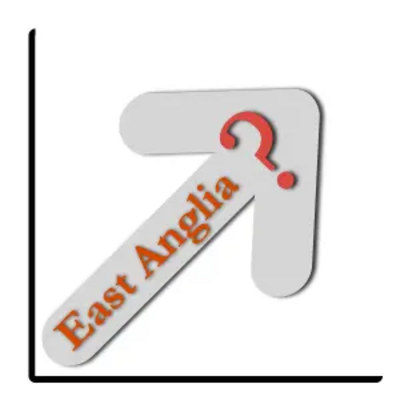Funding regional growth through the proposed East Anglia Combined Authority

To a casual observer, it is perhaps unclear how local government can be made more effective by adding two layers of hierarchy above the current structure (in the form of an elected mayor, and a combined authority operating above the existing county councils, district councils and town/parish councils). But at this early stage in the process of devolving control to the region, it may be fairer to focus on how the intended output of the devolved administration will be funded, rather than on the nature and implementation of the administrative function itself.
The East Anglia Devolution Agreement is described in the signed agreement document* as representing "an invitation to local Councils and Business to come together and set out a compelling Business Plan of Connected Growth". The plan is to "invest in economic growth, helping to accelerate housing delivery and job creation".
To this end, the mayor will have responsibility for a local transport budget, a "new Key Route Network of local authority roads", and "powers over strategic planning and housing", with targets for building new homes and managing land-related assets. The authority will also review (and later develop) adult skills provision, and will work with the government on a programme for "those with a health condition or disability and the very long term unemployed".
So how will the East Anglia Combined Authority fund such growth in the region? The "Finance and Funding" section of the agreement lays out the framework as follows…
Firstly, the government is allocating £30 million per year (60% capital and 40% revenue) for thirty years, to be invested in Cambridgeshire, Peterborough, Norfolk and Suffolk - subject to demonstration, in five-yearly assessments, that the investment has actually contributed to national growth.
Beyond that, the intention is that the mayor will raise funding for infrastructure through "a supplement on business rates" (subject to legislation and agreement with the business community), retention of additional business rate growth, and possibly the Community Infrastructure Levy (a charge related to planning applications).
By far the longest paragraph in the "Finance and Funding" section of the agreement relates to the intention that East Anglia will seek additional funding from the European Regional Development Fund, European Social Fund, and the EU Growth Programme element of the European Agricultural Fund for Rural Development - all of which is naturally contingent on a positive "Remain" outcome for the European Union Referendum to be held in June!